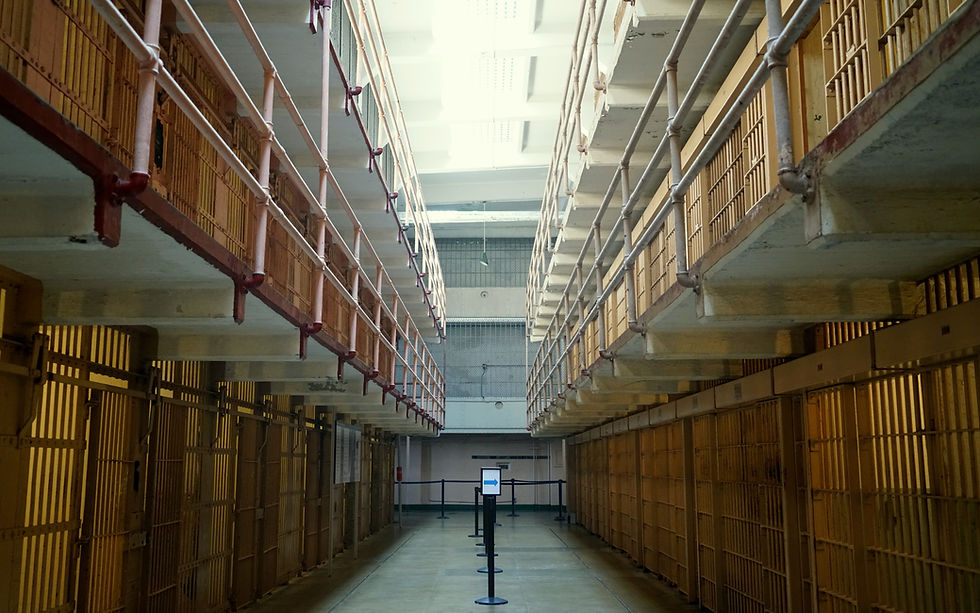Cycle of Imprisonment: Lack of Reintegration Programs
- Jan 3, 2024
- 2 min read
Updated: Mar 7, 2024
School-to-Prison Pipeline, what is it and why does it exist in today's modern era? Transitional assimilation and reintegration period in the 20s of the 21st Century.
Key points in this article:
Evicted In lower-income cities
Drug Incarceration
Society assimilation from psychological changes
Reduced Educational opportunities due to lower-funded schools
Financial disparities r/t generational factors

The policies and practices that push at-risk schoolchildren out of classrooms and into the juvenile and criminal justice systems are called School-to-Prison pipeline. It is driven by factors such as zero-tolerance policies, police presence in schools, and harsh disciplinary tactics. These practices disproportionately affect racial minorities and children with disabilities, leading to their increased involvement in the criminal justice system. Under-resourced schools, zero-tolerance policies, reliance on police for discipline, and lack of due process protections for suspensions and expulsions contribute to the cycle.
Financial disparities are closely linked to generational factors in the context of the cycle of imprisonment and the School-to-Prison Pipeline. Research indicates that intergenerational incarceration perpetuates high incarceration rates and increases the likelihood that families will live in poverty for generations. The impact of mass incarceration extends beyond prison walls, affecting the economic well-being of families. Children with incarcerated parents, particularly mothers, are vulnerable to poverty, speech problems, poor school performance, and behavioral issues. Moreover, the racial disparities in incarceration rates suggest that children of color are more likely to enter the justice system due to intergenerational incarceration, leading to economic and social inequalities.
The financial consequences of imprisonment, such as diminished earnings and limited employment opportunities, contribute to the cycle of poverty and incarceration across generations. This, along with the reduced educational opportunities in lower-funded schools, creates a challenging environment for individuals to break the cycle of imprisonment, especially in lower-income cities. The societal assimilation of individuals facing psychological changes due to incarceration and reintegration into society presents significant hurdles in the transitional period, especially in the 21st century. Moreover, the issue of drug incarceration further exacerbates the challenges faced by individuals, making it essential to address these systemic issues to break the cycle of imprisonment.
APA Citations:
Carone, T. C. (2019). The School to Prison Pipeline: Widespread disparities in School Discipline Based on Race. Public Interest Law Reporter, 24(2), 4. https://lawecommons.luc.edu/cgi/viewcontent.cgi?article=1570&context=pilr
Bradley, K. (2023, August 2). The socioeconomic Achievement gap in the US public Schools - Ballard Brief. Ballard Brief. https://ballardbrief.byu.edu/issue-briefs/the-socioeconomic-achievement-gap-in-the-us-public-schools
Stephens, R. K. (2021, May 13). ExpLaiNer: The cycle of intergenerational incarceration. Interrogating Justice. https://interrogatingjustice.org/ending-mass-incarceration/intergenerational-incarceration-explainer/



Comments